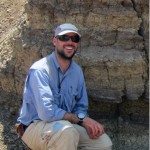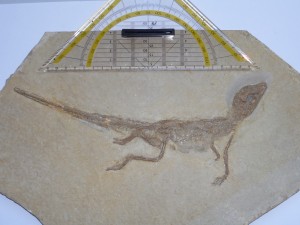So after definitely not losing my passport, I managed to make it into one of the sessions for the first day at SVP, the Society for Vertebrate Palaeontology’s annual meeting over in Los Angeles.
The session was on the impacts of ontogeny, or growth and development on our understanding of dinosaur relationships and biology.
The only one I managed to catch was on the sauropod dinosaur, Lufengosaurus, where the researcher had taken thin sections through embryonic limb bones to track the change in shape through growth, or allometric variation. The authors were able to show that, due to the variation in the proportion of cavities and bone growth that these dinos grew at extremely fast rates, which is pretty cool, and may explain how these sauropods were able to get so big.



